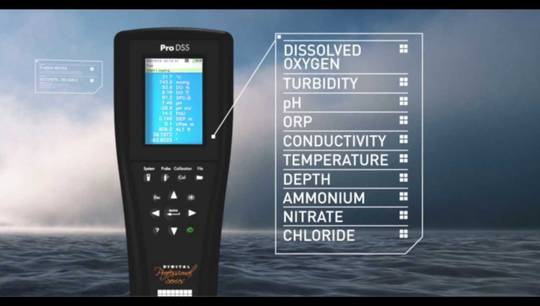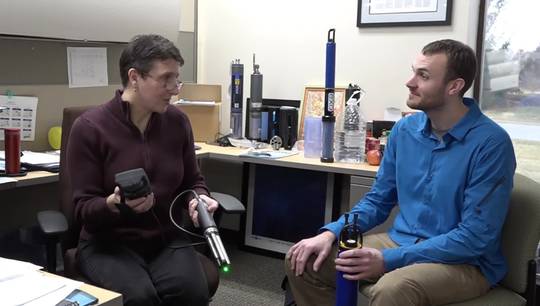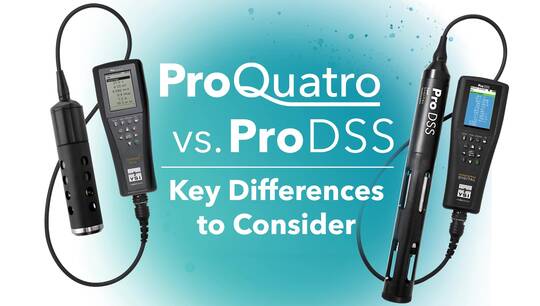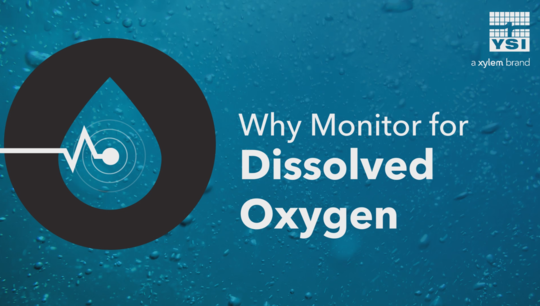Clean Water Act Tour | South Bend
Stephanie Smith: South Bend has been very progressive in their approach to their NPDES permitting for the Clean Water Act. They've employed a concept called intelligent urban watersheds. And today, we're gonna talk to an expert in intelligent urban watersheds, Luis Montestruque. So, Luis, thank you so much for joining us today. Very excited to talk to you. So, why don't you tell our listeners a little bit about your background?
Luis: I'm a Ph.D. on control systems theory. I graduated from the University of Notre Dame with a Ph.D. that was focused mostly on how to control networks, in general, especially of water.
Stephanie Smith: Very good. So, we're in South Bend, this is a very progressive city, but they've had some very big problems. Tell us a little bit about the problems that South Bend has had.
Luis: So, South Bend had a combined sewer overflow problem. And the combined sewer flow is when you have a sewer system, like in the case of South Bend very old that combined both stormwater and wastewater on the same network. Whenever it rains, to prevent the city from flooding in certain areas and the treatment plant from flooding, there are discharge points where raw sewage gets discharged into the river. There are more than 700 cities with combined sewer overflows throughout the United States. South Bend happened to be served from the epicenter in the Midwest for cities that have this problem.
Stephanie Smith: Okay. So, that's the St. Joseph River right here behind us that was receiving these combined sewer overflows, right?
Luis: That's right. That's right. And South Bend actually gets its name from the fact that the St. Joseph River makes a curve to the north at this point.
Stephanie Smith: Ah, okay. So, how were these CSOs affecting the community here in South Bend? And was it affecting everyone the same way?
Luis: So, the city had an NPDES permit, which is a permit that allows the city to discharge combined sewer overflow, but also compels them to find a solution to this problem. The original solution using traditional engineering was going to cost the city about $900 million. For a city of 100,000 people, that is $9,000 for every man, woman, and child in the city. And with a city that is not a wealthy city, a city that has close to 30% of people are below poverty line, you can imagine what kind of economic impact that can have over this community.
Stephanie Smith: That would be an incredible burden. So, what was it you proposed based on your expertise?
Luis: So, what we proposed was to figure out the way that we can maximize the utilization of the existing infrastructure in the city. And we said, "Listen, it doesn't rain evenly throughout the entire city when you have a storm event." So, there are parts of the city that are more congested than others. So, what we did is we deploy a sensor network that monitors all the pipes in the city, and we utilize then that information to route using pumps and using gates. We route the water from areas that have too much water coming into areas that have more capacity. And that way we can balance out and we can optimize hydraulically speaking how the sewer system operates and prevent overflows.
Stephanie Smith: So, instead of just building a lot of new infrastructure, they were able to make better use of the infrastructure they already had?
Luis: That is correct. That is correct.
Stephanie Smith: It sounds very futuristic. And it sounds like something certainly not a lot of cities were doing at that time. And that makes me think it sounds kind of expensive, but you did talk about how much of a burden, an economic burden, this problem already was. So, the question is, has it been fully implemented, and is it paying off for them?
Luis: Yes, the answer is yes. The city has fully implemented the system at the moment. The system had been operational now since 2010. And since the system was installed, I can say that the system has prevented close to 70% of overflows from reaching the river. And that is at a cost that is miniscule compared to traditional engineering solutions. Where a traditional engineering solution would cost you anywhere between $5 and $10 to prevent overflows from going to the river, this kind of solution costs cents.
Stephanie Smith: Oh, wow.
Luis: So, the cost-effectiveness of the solution is definitely significant.
Stephanie Smith: So, this is a great model. I think the term that's used is intelligent urban watersheds.
Luis: That's right.
Stephanie Smith: Do you see other cities now looking to South Bend and learning from South Bend and employing this approach?
Luis: That is correct. There are more than 40 cities throughout the United States and the world now that are implementing this kind of approach. And many of them come actually to South Bend to visit us and anyone that is interested, the city loves to have visitors and be able to show the great work that they have done.
Stephanie Smith: That is fantastic. And thank you so much for joining us. I think this really demonstrates how we're going to have to approach the Clean Water Act in the future because we do have a lot of infrastructure challenges, but we also can use our infrastructure a lot better. So, thank you so much for your expertise and for joining us, Luis.
Luis: Thank you.
Stephanie Smith: Thank you.







